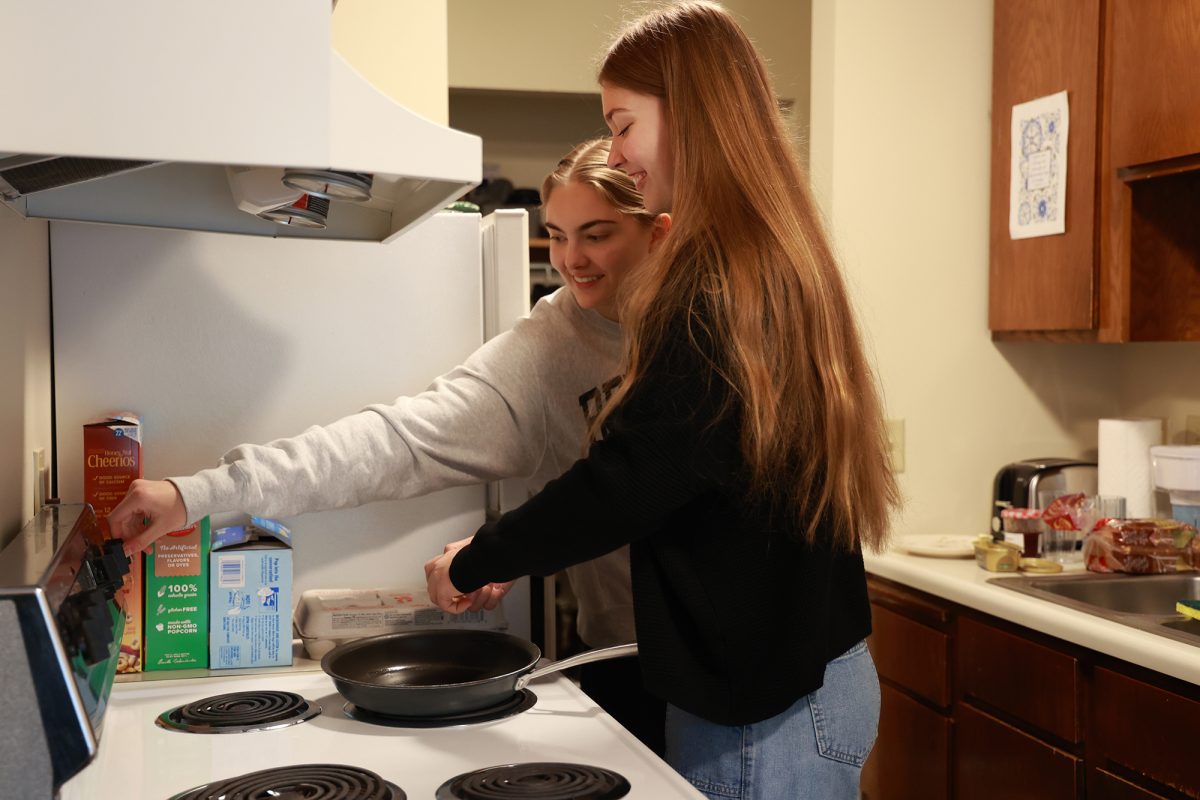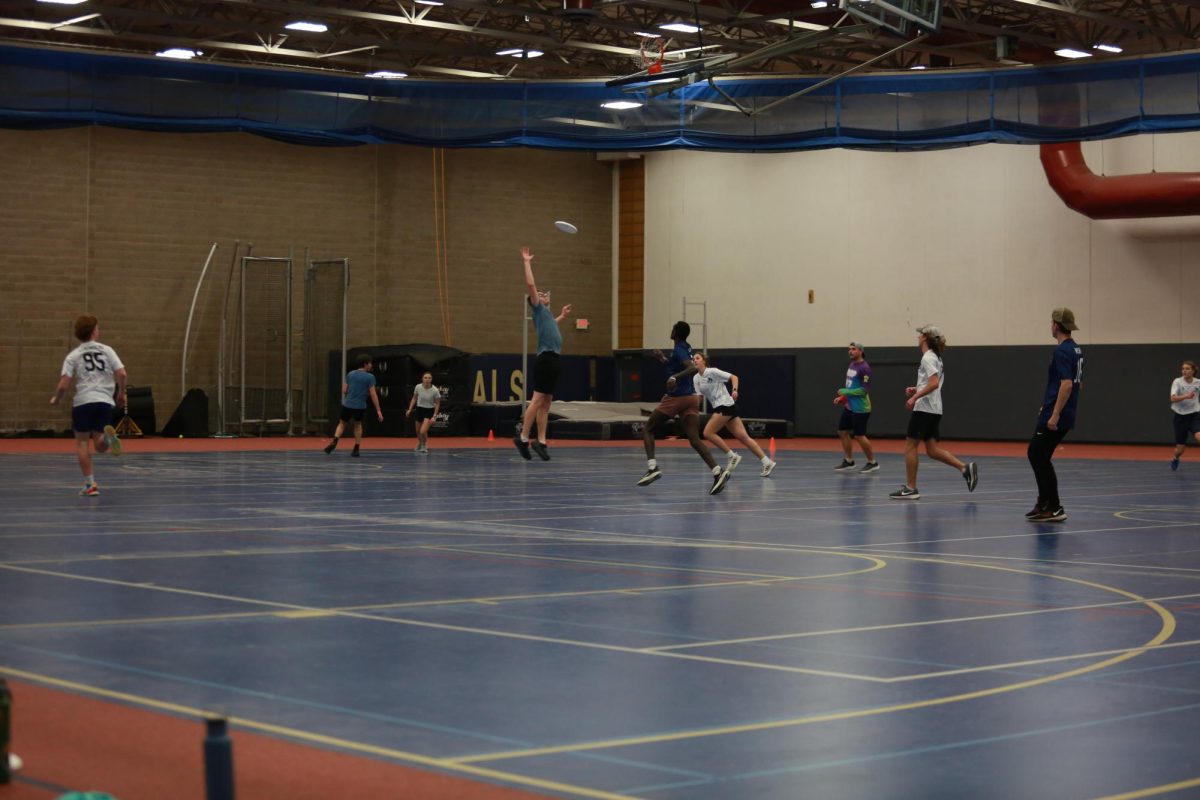Faculty Senate discusses Campus Master Plan 2.0; questions raised for departments facing relocation.
Marissa Gamache | The Clarion
Plunking away on a neon green silicone keyboard pad covering his Macbook Pro, one faculty member directed his full attention to clearing out his emails and catching up with friends on Facebook. While some seemed rather unimpressed with the discussion topics during last night’s Senate Faculty meeting, passion was evident in other members. Professors and faculty filed into chairs in the Eastlund Room Feb. 3, poising themselves for conversation on the Campus Master Plan 2.0, which would decide who stays on Bethel’s 3900 campus, and who must relocate across Snelling to the recently acquired Anderson Center, five minutes away.
According to the Campus Master Plan 2.0, departments required to make the transition to Anderson Center include education, communication, English-journalism, philosophy and BTS. Also moving would be forensics and The Johnson Center for Journalism and Communications.
Professor Victor Ezigbo of the Biblical and Theological Studies Department was the first of many who shared thoughts regarding the preliminary campus master plan that was presented to departments a week before the Wednesday meeting as the “draft of all drafts” according to Deb Harless.

“Moving us away from here will move us away from the contribution that we make to this university,” said Ezigbo, a non-senator who showed up to voice his concerns during public commenting. “I find it deeply troubling that if this plan is going to take 7 to 10 years and we are given less than a week to think about it. Why rush it? Why not give us time to process it?”
His comment was met with several head nods and murmurs of agreement from senate members.
The concern to stay united as the College of Arts and Sciences was a priority to many of the faculty present.
“Last fall, strong sentiment was expressed through all CAS being on one campus,” said Sen. Mike Holmes, also of the BTS department. “Now we have a plan hatched in the middle of January that strongly goes against it and that is communicated in a way that violates every sense of collegiality that I can think of in terms of shared ownership.”
Throughout the meeting, senators proposed alternatives to adapt the master plan, including dedicating the Anderson Center solely to classrooms or other ways not to split up the humanities or CAS as a whole. Sen. Jeffrey Jacob from the Business and Economics Department said departments should reassess space needs in hopes to keep all of CAS together. Those who also voiced their concerns were senators Marion Larson from the English Department, AnneMarie Kooistra of the History Department and Sara Shady from the Philosophy Department.
To Shady, the thought of splitting up the arts from other sections of the humanities track was troubling and seemed illogical.
“There were no arts and humanities faculty representatives on this [planning committee],” she said. “Why were CAS arts and humanities faculty not involved in a process that significantly impacts our division?”
Bombarded with questions and concerns for around an hour, Provost Deb Harless and Vice President and Dean of CAS Deb Sullivan-Trainor offered up answers and reasons behind the current plan.
“We can all absolutely stay in 3900 [current location],” Harless said, but added that departments are hampered by cramped classrooms. Both Harless and Sullivan-Trainor said they hope the plan laid out will position Bethel University to grow.
Expansion of the sciences is a prominent feature of the planning committee’s three-step plan. The first step: moving Bethel’s Communication and Marketing office to the Anderson Center. Second: the construction of a new sciences building. Third: moving other departments over to Anderson Center.
The execution of the plan will rely heavily on the ability of Bethel to raise funds for these projects. Harless was clear in communicating that Bethel will not be taking on debt to construct the new sciences facility, dealing with a full cash transaction as the only option. The goal is that once the move occurs, departments can start to look at the Anderson Center as their home.
Shady proposed a motion for the senate steering committee to draft a letter requesting more time to discuss and collaborate as a whole on the issue of relocation to the Anderson Center. A unanimous “aye” passed the motion. Moving forward, a letter will be penned and presented to the Board of Trustees in hopes of allowing for a longer deliberation period to take place among all faculty affected by the potential move.


















